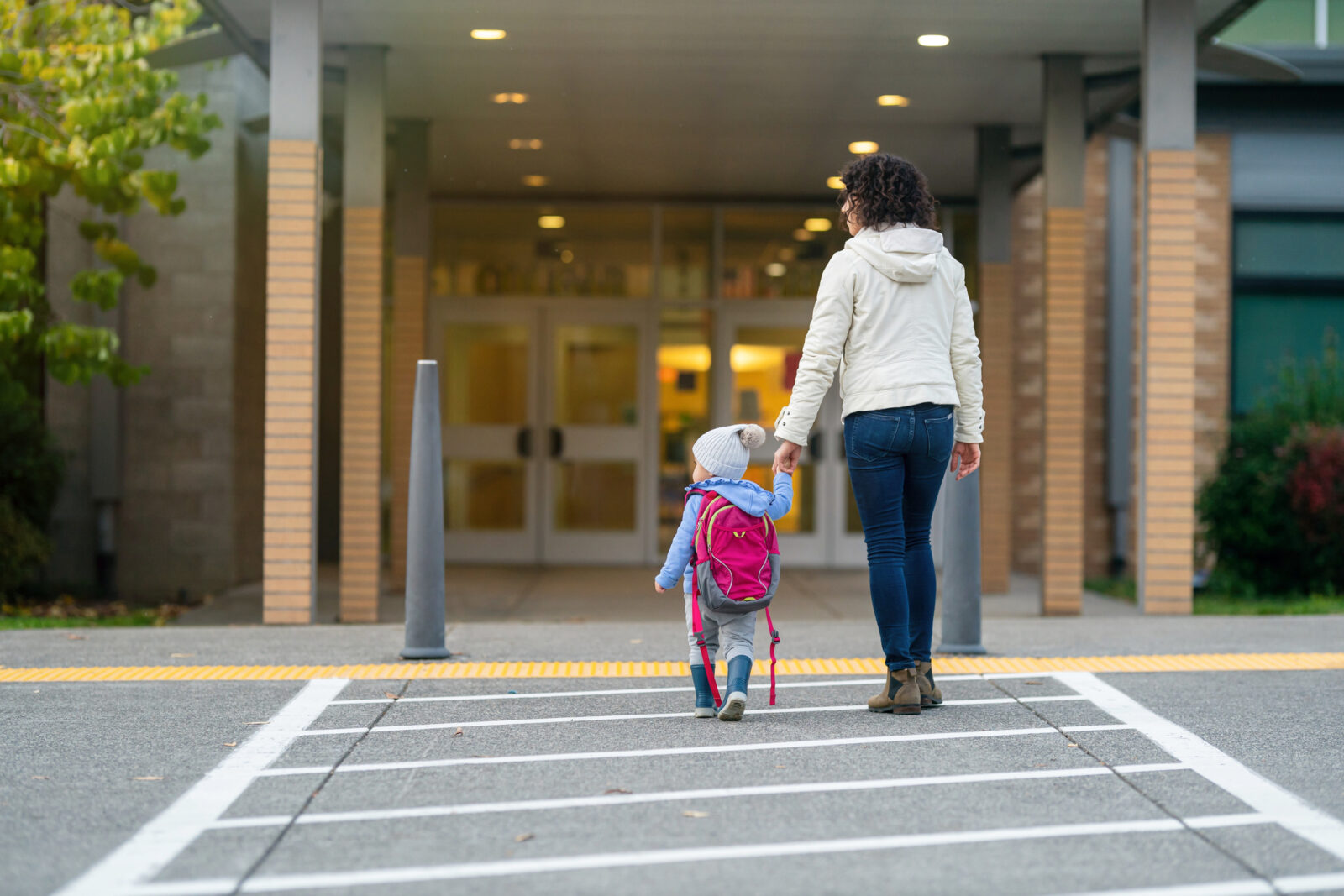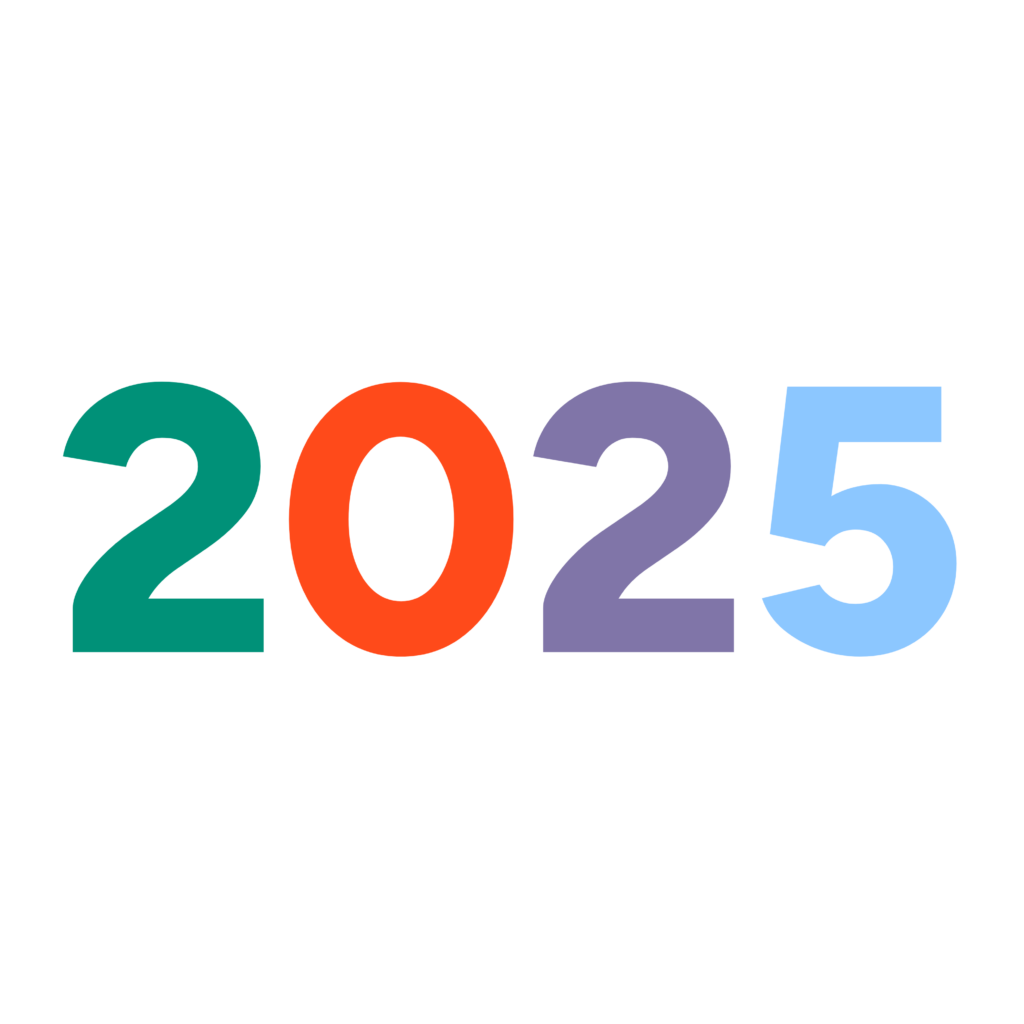New Resource Reveals Notable Changes in Price and Supply of Child Care

This week, Child Care Aware of America (CCAoA) released their annual report, Child Care in America: 2024 Price & Supply, which provides updated data on the current child care landscape at both the state and national level. New statistics and interactive graphics, including state-by-state maps, are used to create a comprehensive overview of the supply and price of child care across the United States.
The number of licensed child care centers continued their upward trend, increasing by 1.6% from 2023 to 2024.

Additionally, for the first time in several years CCAoA data found an increase in the number of licensed family child care (FCC) homes– rising in number by 4.8% from 2023 to 2024. Much of the increase, however, can be attributed to four states– California, Kansas, Massachusetts, and Virginia– who all had increases over 10%. While a few other states saw modest increases, FCC programs are still falling in number nationally, with supply dropping in 29 of 39 states with complete data. The total number of FCC homes still remains below what it was in 2020.

Another notable finding in this report reveals a sharp increase in the national average price of child care, jumping to $13,128 annually in 2024 from $11,582 in 2023, a staggering difference of $1,546. This cost outpaced inflation by 7% and exceeded many household budget items families are tasked with managing. In fact, in 45 states and DC the average annual price of child care for two children in a center exceeded annual mortgage payments, and in 49 states and DC this cost exceeded median annual rental payments.
Sitting at the top of family budgets, this high cost of child care would take:
- 10% of a married couple with children’s median income
- 35% of a single parent with children’s median household income
- 44%-100%, depending on the state, of a child care professional’s income to afford center-based care for two children
With the average price of care continuing to exceed housing, college tuition, transportation, food, and health care costs in the majority of the United States, CCAoA emphasizes the urgent need to intervene. This report recommends Congress prioritize child care and early learning in tax policies and federal funding decisions this year and that states step up to make their own investments and policy improvements.
Subscribe to FFYF First Look
Every morning, FFYF reports on the latest child care & early learning news from across the country. Subscribe and take 5 minutes to know what's happening in early childhood education.



